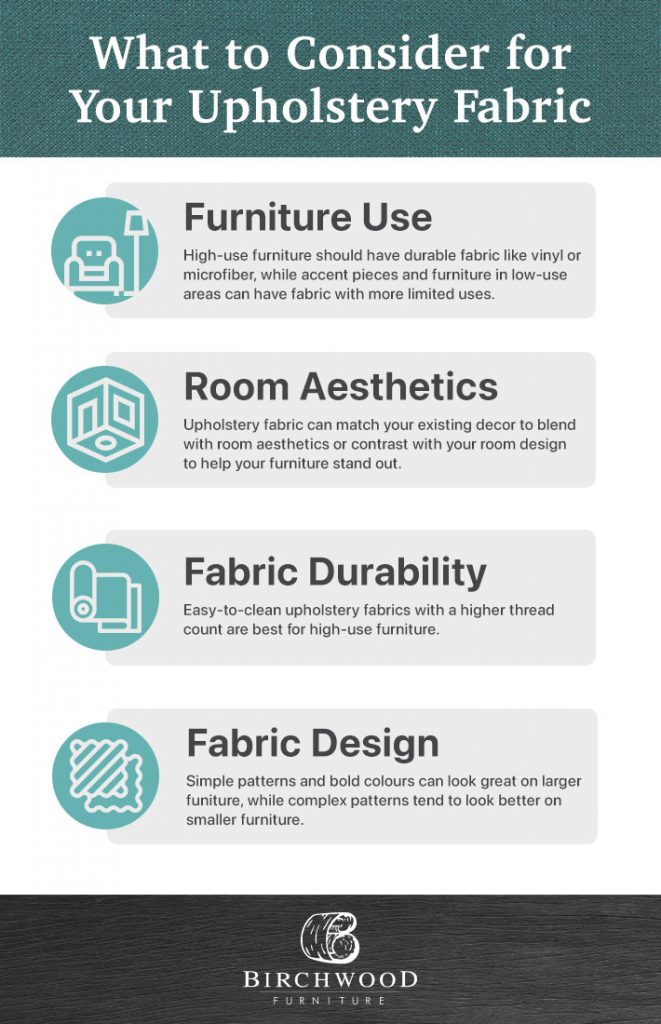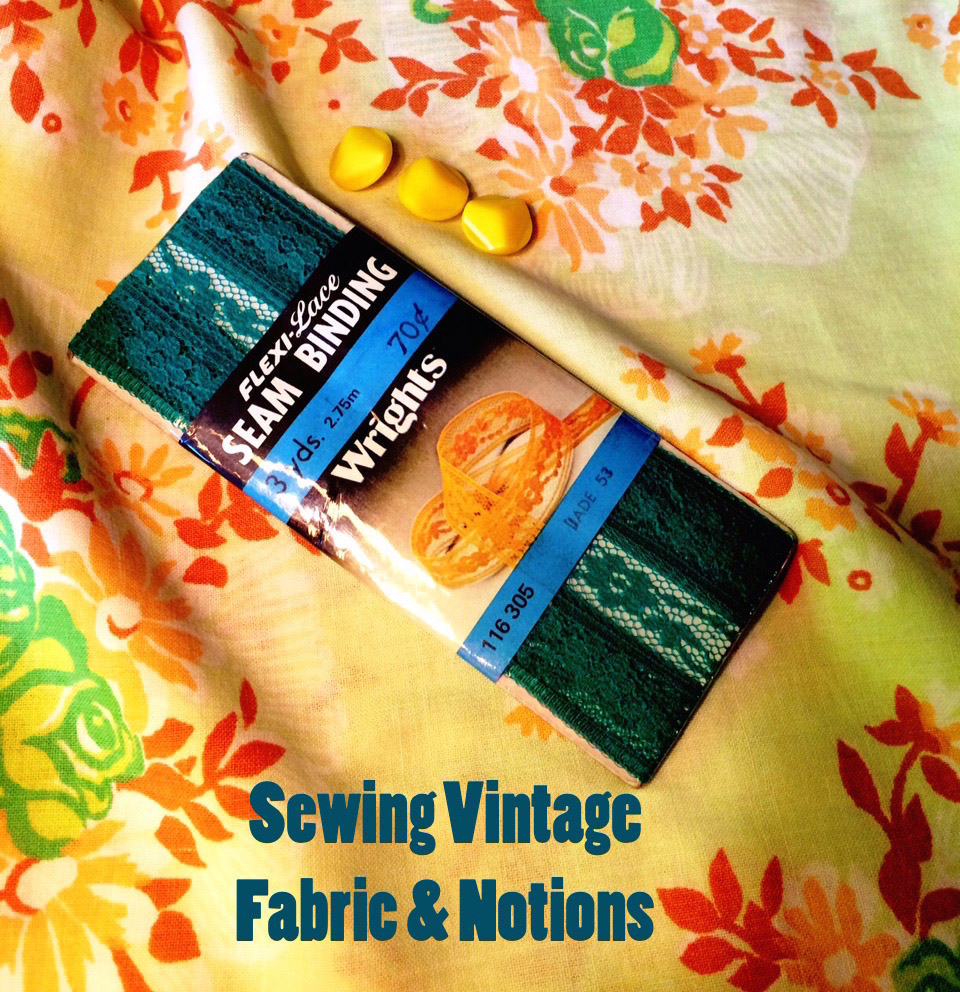All 4 Way Stretch Fabrics Can Be Fun For Everyone
Wiki Article
All 4 Way Stretch Fabrics Things To Know Before You Get This
Table of Contents10 Simple Techniques For All 4 Way Stretch FabricsRumored Buzz on All 4 Way Stretch FabricsOur All 4 Way Stretch Fabrics PDFsNot known Factual Statements About All 4 Way Stretch Fabrics Some Known Questions About All 4 Way Stretch Fabrics.The Greatest Guide To All 4 Way Stretch FabricsThe Of All 4 Way Stretch Fabrics
As I likewise desire UV defense from my garments when I go out, I would certainly pick a largely woven cotton textile. One even more factor to consider when acquiring the fabric is the way it will certainly after cleaning.A secure bet would certainly be to purchase at the very least 10% extra material. If you can buy preshrunk material, this is the ideal.

If you are matching the color, like choosing the lining for the primary textile or choosing textile to include as trim, this is especially crucial. The textile display rooms will generally have a light well where you can see the fabric in sunlight (or a home window with good light from outside).
All 4 Way Stretch Fabrics for Beginners

A lot of textiles are about 44 large. When you most likely to buy material, quote just how much you want first and afterwards most likely to the store. Examine out this message to recognize the solution to this often heard concern "Just how much textile do I require". With a fat quarter, you will obtain an 18 vast by 22 long.
Some wonderful deals can be had this method. In dressmaking, we get fabric by the yard/meter.
Not known Facts About All 4 Way Stretch Fabrics
In a quarter of a yard, you obtain a 9 by 44 strip of material, which has to do with 22 centimeters in length. It is constantly better to acquire broader cloth. According to the size of fabrics, they might be called single-width and double-width. Single width is typically up to 49 inches in size and double size as much as 60.You can find out more concerning lawn to meter conversion here. Examine out this blog post on reading a tape measure Select fabrics that are not also difficult or inflexible, or you wouldn't fit in them. Bed linen, Denim, flannel, For chillier environments, choose wool (100% along with wool blends) wool tweeds, woollen crepe; it essentially relies on what pants you are speaking about Tailored pants, Unstructured Pant, Combined, Jeans.
Corduroy fits to put on fabric to choose for pants. All cotton materials benefit youngsters. You can pick a cotton satin stretch or a cotton twill or cotton satin or lawn. Knit materials are likewise terrific for children you can opt for woollen knits. Interlock knits are dressmaking knits that extend across the grain.
Not known Details About All 4 Way Stretch Fabrics
Take a look at this post on the ideal material for clothes for children and kids for even more detail on this topic. Light-weight cotton is my favorite to stitch skirts. Cotton yard cloth in appealing prints is terrific. Silk jersey is a great textile for sewing skirts, as is Ponte Roma weaved fabric.Drapey rayons, soft woollen, lycra blends, and stretch velvets are all ideal for sewing skirts. Woollen (Wool crepe has an excellent drape and gives sufficient framework for jackets; wool tweeds are great also), Bed linen & Flannel. Velvet (Inspect out the slouchy velour sports jacket tutorial, incidentally). Light-weight knits are excellent for free-flowing jackets such as this waterfall coat pattern Raw silk, satin, taffeta, velvet, Lace, silk chiffon, and Organza are all excellent for making gowns.
You can get medium-weight materials with some spandex/elastane included for a suitable bodycon-type outfit. For drapey outfits, you can pick lightweight fabrics. Jersey has a drapey fit such as this. Crepe, challis, and charmeuse are all drapey materials fit for this style. Have a look at these posts: Finest textile for making casual gowns and tops; Names of various gowns. Rayon, Acetate, and cotton lining materials are popularly made use of.
Lightweight cotton fabric, Cambric, Chintz, Twill, Faille, Seersucker, Poplin, light-weight woven broadcloth, batiste, bed linen, eyelet are great for making t shirts and shirts. I love chiffon blouses. Smooth satin material is great for making airy tops. Take a look at the blog post on the 7 finest fabrics for making t-shirts. Making stoles and headscarfs need various considerations for the textile check out this article on the materials for making headscarfs When getting patterned textile (the majority of the patterned textile includes a size of 45 or 54 inches), there will be pattern repeat in these fabrics, and this ought to be taken into factor to consider when cutting textile in addition to buying them i.e., if you wish to match the patterns at the seams.
Not known Factual Statements About All 4 Way Stretch Fabrics
This message has the names of all the checkered patterns and this, stripe patterns. The themes will certainly be dispersed in a scheduled style on the textile. But you may discover occasionally If the print is not positioned on the fabric correctly, it can not be matched or lined up when built without distorting the material and the hang of the garment.

You can learn much more concerning grain and grainline of fabric below. The textile weight hinges on many elements like the weave, fiber kind, etc and is generally signified by GSM. GSM can differ from 60 -700; 700 being the GSM of extremely top quality woolen material. A denim fabric has a GSM of 400, depending on the weave.
One thing you have to maintain in mind is that greater material weight does not signify higher textile high quality. You can not select high fabric weight textile denim for a lightweight drifting serape.
In a nutshell, the most vital requirements to look for in the material you purchase are as adheres to (http://www.askmap.net/location/7035845/usa/all-4-way-stretch-fabrics). The number of strings per inch of material (yarns-per-inch).
Indicators on All 4 Way Stretch Fabrics You Should Know
In high-quality material, this equilibrium (either in numbers or in dimension) will certainly constantly be maintained. Processes made use of on fabric to boost look and performance.A two-ply thread is superior to a single-ply yarn.
If you are obtaining ready to start a brand-new embroidery project, selecting a textile will be the most crucial action once you choose what you wish to make. After you've gone to all the problem and expense of purchasing the stitching equipment you enjoy, a pattern you love, and a fabric you visit homepage love, you want the completed product to be a success? One method to complete that is to begin by making certain your material is really ideal for the task.
All about All 4 Way Stretch Fabrics
If you're making a patchwork, you'll instantly want to use quilter's weight cotton for ideal outcomes. However what happens if you intend to make an item of garments? How do you know which fabric will offer you the very best result? Selecting a material simply because you like the print or design on it isn't always the very best approach.In order to stay clear of doing a whole project for virtually nothing, we've put together some pointers to help you determine which material is appropriate for your job. Let's claim you already have a task in mind; how do you discover the ideal material for it?
Then, think of the qualities you want the completed product to have. If clothing, will it be fitted or loose? Dressy or day-to-day? For cozy climate or cold? Do you want a strong shade or a print? If you are making a non-wearable product such as a pillow cover or potholder, utilize a tough textile such as canvas.
There is a lot details around regarding materials, their qualities, and their usages, it can get to be overwhelming! Do not try to take it in all at as soon as; just begin with the job at hand. Learn all you can concerning the material you use for this set job.
Report this wiki page